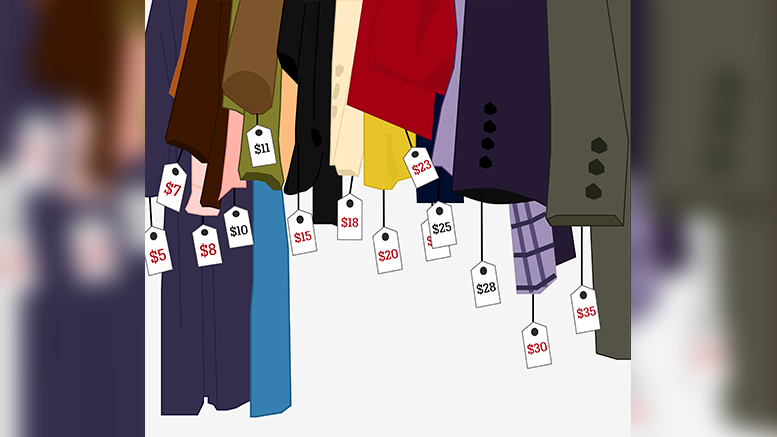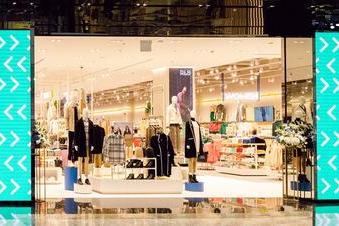Thrifting, or shopping from secondhand stores, has historically been recognized as a low-cost and sustainable choice. Several individuals, myself included, find it thrilling to hunt for quality garments at thrifty stores, often at half the cost compared to online stores or shopping malls. Nothing beats the joy of scouring through the stacks of attires with friends over a relaxing weekend, making it a habit to catch awe-inspiring deals or simply explore the wide range of offerings.
Opting for used clothes over fast fashion not only preserves wallet health but also helps address alarming issues linked with the latter. Fast fashion tremendously contributes to the exploitation of workers, over-consumption of clothing, and environmental disruption. Buying reused garments helps limit the damage rather than amplifying it.
Consider the example of Shein, the infamous online retailer known for exploiting labor for economic gains. No stranger to criticism, the brand’s workers clock nearly two-thirds of a day, earning hardly anything in return. Despite such practices fueling their business model, Shein successfully sells apparels as much as dirt cheap, leading to sizable profits. Shein’s competitive pricing is particularly alluring to customers, especially to university students with shoestring budgets. Statistics reveal that about a third of Shein’s customer base primarily comprises individuals aged 25 to 34.
Despite a tempting price proposition, one must ponder if it’s worthwhile to support businesses that thrive on the exploitation of workers. Previously, thrift stores were frequented mostly by low-income individuals seeking affordably priced garments. However,, the rise of fast fashion alternatives has dramatically shifted consumers’ interest in favor of thrift stores.
But not all is well in the world of thrift shopping. A downside has surfaced due to the increasing popularity of these stores, causing serious trouble for many bargain hunters. A surge in demand has resulted in price gouging – an act of inflating the prices of goods or services, particularly during periods of heightened demand or shortages. Thrift stores have hiked prices to manage higher operational expenses. An item that would have cost a mere dollar might now bear a price tag of almost $10. Compared to standard retail, these prices don’t seem much, but for those unable to allocate more funds to essential clothing items, the inflation stings.
The internet, while an excellent tool for abundance, has indirectly led to the escalation in thrift store prices. The new reselling trend has significantly influenced the pricing of items. Reselling involves individuals purchasing items from thrift stores only to resell them at hiked costs on platforms such as Depop or Poshmark. Consequently, this has distorted the used apparel market, driving up the prices further.
The resale market targets online consumers looking for one-of-a-kind pieces at a reasonable price that once were primarily routed to underprivileged communities. While I appreciate thrifting for its affordability and the diversity it brings to my wardrobe, I understand that despite my efforts to be environment friendly, I inadvertently contribute to the problem of price inflation in thrifting.
My conundrum doesn’t rest here. I continue to turn to Depop for my purchases, albeit I am not an active reseller. But, indirectly, my purchase patterns feed into this problem. However, I consciously regulate my shopping from thrift stores to balance the impact on those unable to absorb inflated prices. The privilege of leisurely shopping at thrift stores is not lost on me. Aligned with this, my appeal to everyone is to reflect on their role in shaping the second-hand stores’ impact on consumers relying on low-cost garments.





